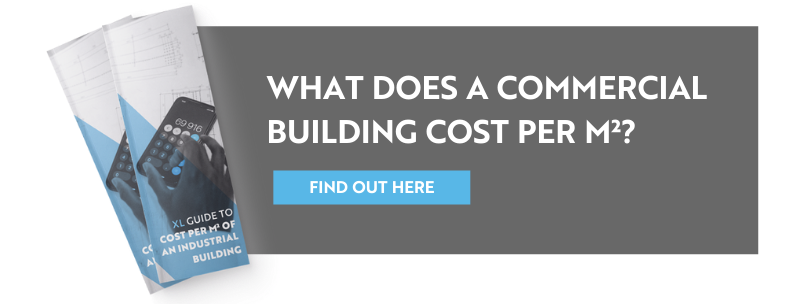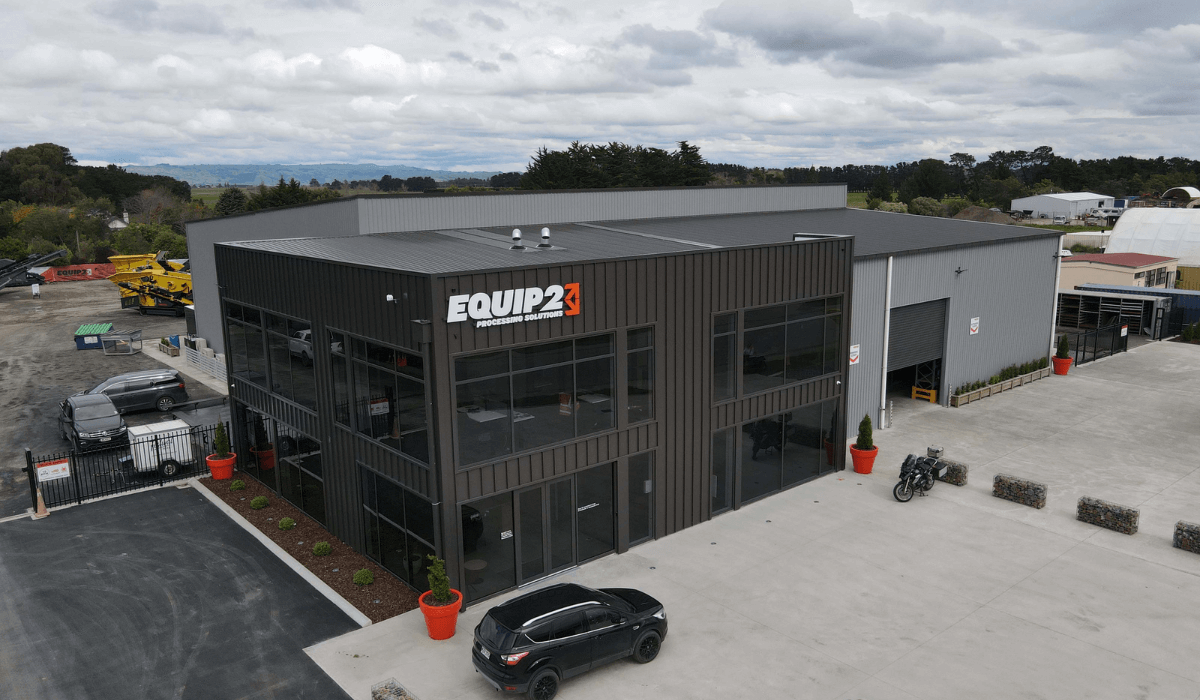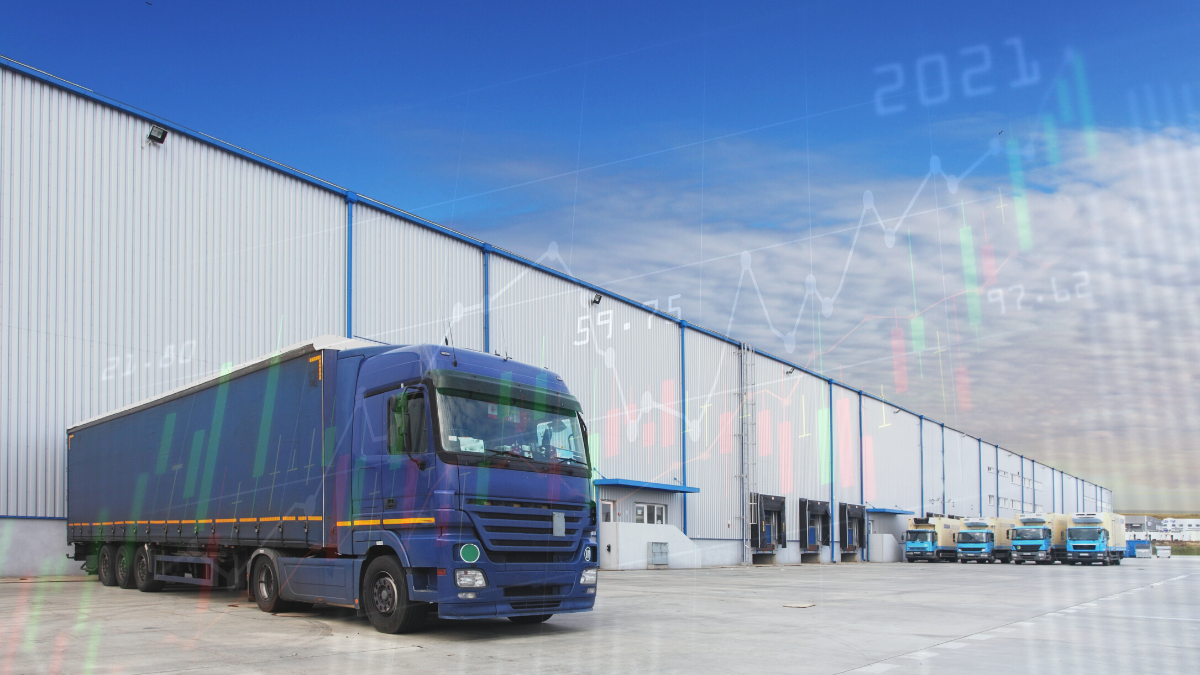What affects the cost of precast walls?
Precast walls often account for a significant percentage of an industrial project's cost. As a consequence, we are frequently asked what makes the price of panels go up, and what makes it go down.
To look at the cost drivers for precast walls we first need to assess what the reason for using precast walls is. There are typically three reasons precast walls are part of a building design:
- They are required as a firewall.
- They are required for durability reasons (such as minimizing damage to light cladding walls) or as a cladding.
- They are required for creating a bulk storage building (for containing bulk loose product like grain, seed, or fertiliser).
As each of these applications is different, we will consider them independently below as we look at the factors that can affect the cost.
Precast panels used for fire rating purposes
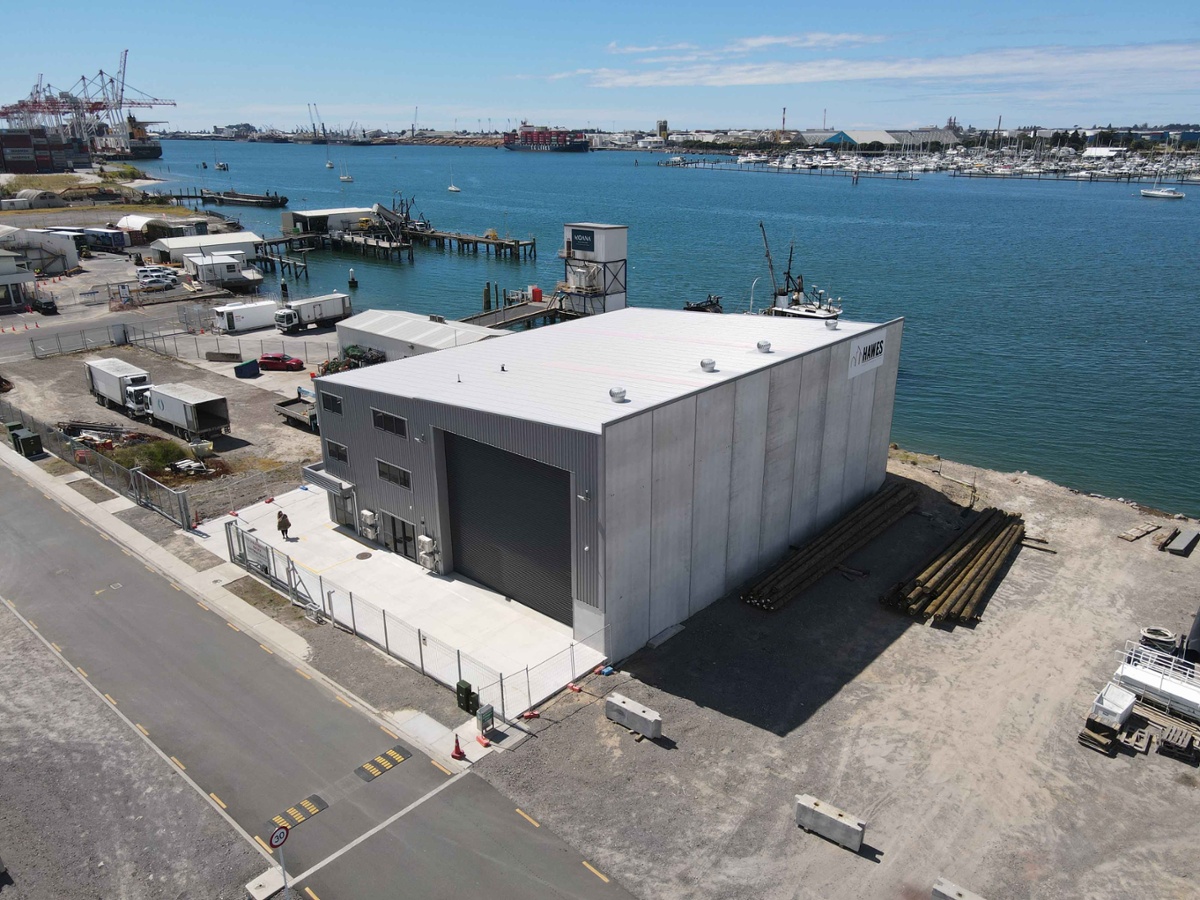 The most common application of precast panels is for fire protection as they are a robust solution - see our previous article for more on this.
The most common application of precast panels is for fire protection as they are a robust solution - see our previous article for more on this.
The cost drivers that affect precast walls used in this application include:
Height requirements
The higher the panel, the more cost. Unfortunately, this is often outside of your control as the height requirement is dedicated by the fire report.
The only way you can reduce this is to move the building away from boundaries that require fire rating. For example, if you go 1.0m away from a boundary (rather than on it) this will save you having to have the panel extending 400mm above the roof and requiring an internal gutter.
It becomes a cost versus benefit analysis - Are you better to move the building away from a boundary to reduce the panel height? Or are you better to build on the boundary and maximise your site? Usually, it works better to maximise the site, but there are some exceptions:
- You need to have access ways around the building anyway (so the space isn’t wasted).
- Your site is comparatively large and the land value is low.
- You have the option of extending the building to the boundary at a later date.
Earthquake zone
If you are in a high earthquake zone (such as Wellington or Hawkes Bay for example) then this increases the loading on the panels. This could mean larger footings/panels, more reinforcing, or increased steel structure is required to support the panels. While this is something you won't be able to change, it's important to be aware that this is a factor that could increase the cost of your precast walls.
180-minute or 240-minute firewall rating
Essentially the higher the fire rating requirement the thicker the wall will need to be, which in turn results in a higher cost. A standard 150mm thick wall is suitable for 180-minute rating but if a 240-minute rating wall is required then the panel will need to be 165mm thick.
Freight
While often overlooked, the cost of freight will impact the overall cost of your precast walls - and in some situations may make it worth considering alternate options. If you are a long way from a precast supplier then the freight costs will mount on a project. In these circumstances, it can be worth looking at having the panels cast onsite.
Precast panels used for durability purposes
/11325%20-%20H-1.jpg?width=1200&name=11325%20-%20H-1.jpg) In these situations, the precast panels are more like a cladding material and there are a few options.
In these situations, the precast panels are more like a cladding material and there are a few options.
If the panels are 2-3m high with cladding above, the foundations are a lot less than higher panels. Often it is tidy to stop the panels at the top of the personnel access doors, which makes the cladding and flashings simple.
Panels used for containing bulk materials
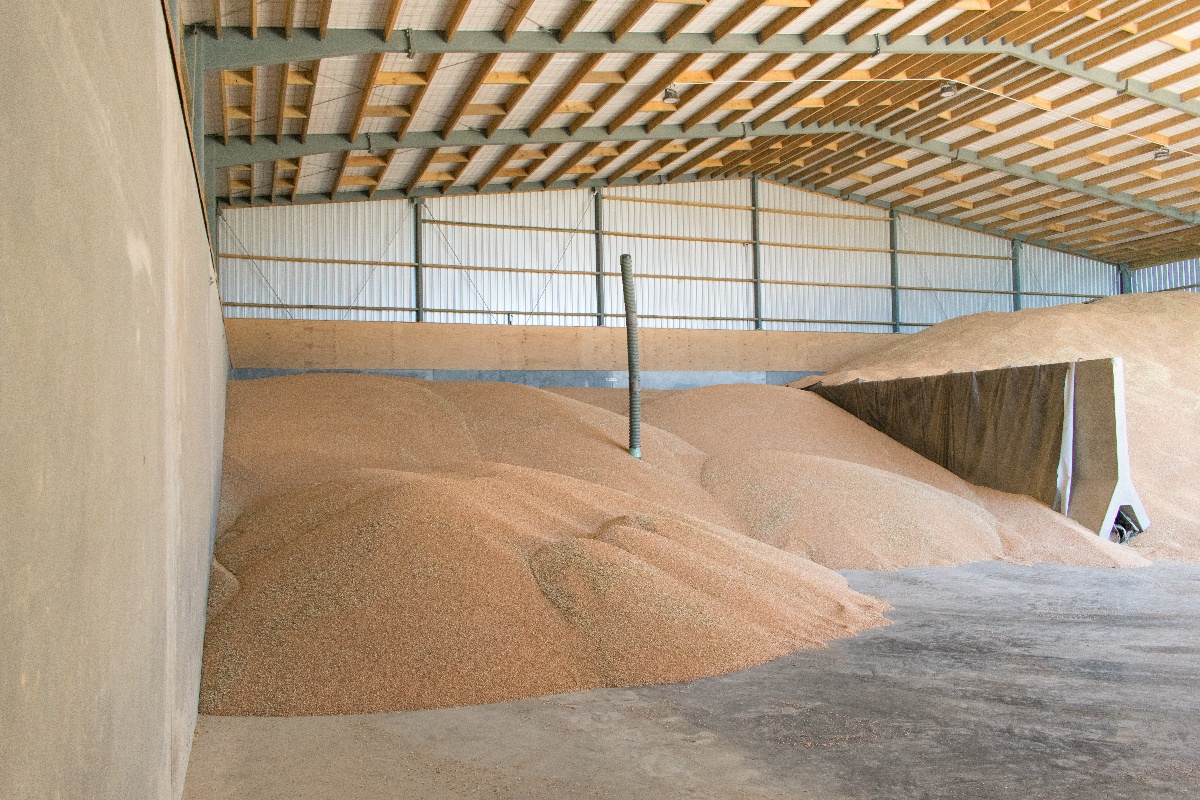 In these circumstances the panels act a bit like a retaining wall, to contain bulk grain or other material which is loaded in. As the product is pushing against the walls the panels must be strong enough to resist the forces of the product.
In these circumstances the panels act a bit like a retaining wall, to contain bulk grain or other material which is loaded in. As the product is pushing against the walls the panels must be strong enough to resist the forces of the product.
It is important to clarify the type of material that will be contained by the panels as this can have a large impact on the design. For example, a grain that can be piled high and will ‘run’ needs a lot stronger wall than a product that stands or stacks on itself.
Another factor is the weight of the grain. Wheat tends to be one of the heaviest grains per m³ - and as a consequence needs a stronger wall.
For walls up to 1.5m XL have a design that is ‘poured in situ’ or in place, which has been used over many years. This is good when the storage volumes are not too large, i.e. only a few bays are required. It is also good for sites that are a long way from precast yards as it can be boxed up and poured on-site.
For larger sheds dedicated to storage of bulk grains, feed, or fertilizer it is best to go to concrete tilt panel. For heights up to 3.0m standard tilt panels with cantilever foundations can usually be used. Once the height goes over 3.0m additional strengthening is typically required. This is in the form of concrete or steel buttresses to give the walls additional support, which tends to increase the cost.
Here at XL, we design buildings for all areas of New Zealand and consider the site-specific requirements and limitations when designing and detailing the concrete precast walls. We typically liaise with local precast providers and key project stakeholders to ensure the design is optimised for the project and the proposed installation methodology.
If you're interested in understanding the cost drivers for commercial/industrial buildings, download our free digital guide which explains what’s involved, how we break down each cost structure, as well as the exact numbers we offer as estimates.

